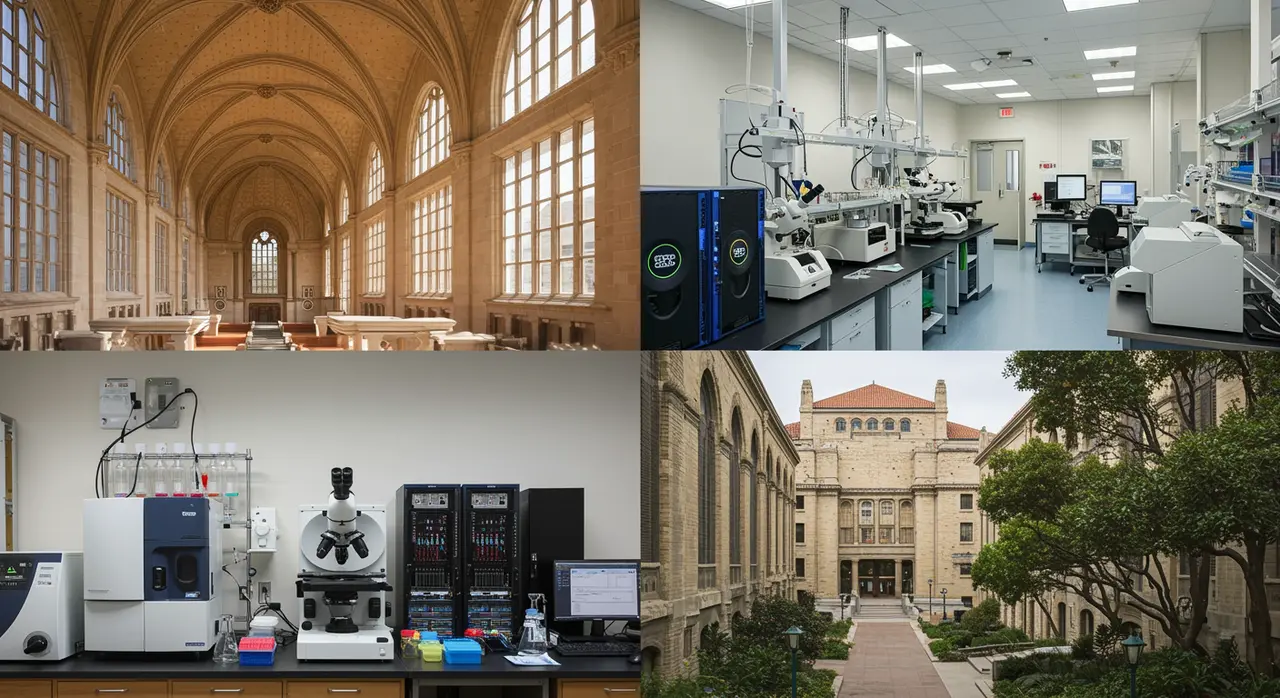UC Berkeley and UCSF Use AI to Restore Voice for Paralyzed Stroke Survivor
51 views
Generative AI Gives Voice to Paralysis: A Medical Milestone in Real-Time Communication
In a landmark achievement that bridges the gap between neuroscience and artificial intelligence, researchers at UC Berkeley and UC San Francisco have revolutionized neuroprosthetic technology, enabling a woman with severe paralysis to communicate nearly instantaneously. Ann, who lost her ability to speak following a devastating brainstem stroke, now converses using a voice that closely mirrors her own before the injury. This extraordinary development not only restores her ability to connect with the world but does so with a degree of personalization and fluidity that was previously unimaginable.
The crux of this breakthrough lies in generative AI’s ability to decode brain signals from the motor cortex—the region of the brain responsible for movement—and translate them into speech in real time. Neuroprosthetic devices have long been heralded for their potential to restore communication for individuals with paralysis, but their practical application has been hampered by significant latency, often requiring users to wait as sentences are pieced together one fragment at a time. By harnessing generative AI, researchers have effectively eliminated this delay, allowing for a continuous flow of speech that mirrors the rhythm and cadence of natural conversation.

What sets this achievement apart is the deeply human touch embedded in the technology. The team trained the AI model using recordings of Ann’s voice from before her stroke, enabling her to speak with a vocal identity that feels familiar and authentic. This innovation goes beyond restoring functionality; it restores personality, dignity, and the nuanced essence of human interaction. For Ann, this means reclaiming not only her ability to communicate but also the unique voice that connects her to her past and her loved ones.
The technical sophistication underpinning this advancement is as remarkable as its emotional resonance. Generative AI played a pivotal role in mapping brain activity, filling in gaps in data, and enhancing both the accuracy and speed of the system. By streaming the decoding process in real time, the AI bypasses the traditional bottlenecks of sentence-by-sentence assembly, creating a seamless experience for users. This approach not only demonstrates the adaptability of AI in interpreting complex neural signals but also showcases its capacity to accelerate medical innovation.
The implications of this work extend far beyond Ann’s story. Researchers are already looking ahead to develop neuroprosthetic devices that are more accessible, scalable, and user-friendly—systems that could be deployed widely without requiring extensive customization or invasive procedures. The vision is to create plug-and-play devices that democratize access to this life-changing technology, making it available to individuals around the globe who face similar challenges.
This achievement also underscores the transformative potential of generative AI in medicine. From speech restoration to drug development and diagnostics, AI is shrinking timelines that once spanned decades into mere years. Its ability to process vast amounts of data, identify patterns, and predict outcomes is redefining what is possible in the realm of healthcare. For neuroprosthetics, this means moving closer to devices that not only restore lost functions but do so in ways that feel natural and intuitive.
Yet, as with any technological leap, questions remain. The integration of AI into medical devices raises ethical considerations around data privacy, accessibility, and the potential for misuse. Ensuring that these systems are equitable and inclusive will be as critical as advancing their technical capabilities. Moreover, the reliance on generative AI to interpret brain signals highlights the need for rigorous validation to ensure accuracy and reliability, particularly as these devices become more widely adopted.
Ann’s story, however, offers a glimpse into a future where technology serves as a bridge to reclaim what was lost. It is a testament to the power of interdisciplinary collaboration—where neuroscience, engineering, and artificial intelligence converge to solve problems once deemed insurmountable. For Ann, the ability to speak again is not merely a technical achievement; it is a restoration of her humanity, a rekindling of her voice, and a renewal of her connection to the world around her.
As researchers continue to refine and expand upon this technology, the possibilities feel boundless. Neuroprosthetics powered by generative AI could one day enable individuals to express themselves in ways that transcend even their pre-injury capabilities, opening doors to new forms of creativity and communication. For now, Ann’s journey stands as a beacon of hope, illuminating the profound impact that innovation can have when it is guided by empathy and a commitment to improving lives.
In the end, this breakthrough is more than just a scientific milestone; it is a reminder of the resilience of the human spirit and the extraordinary lengths to which technology can go to restore what makes us uniquely human.